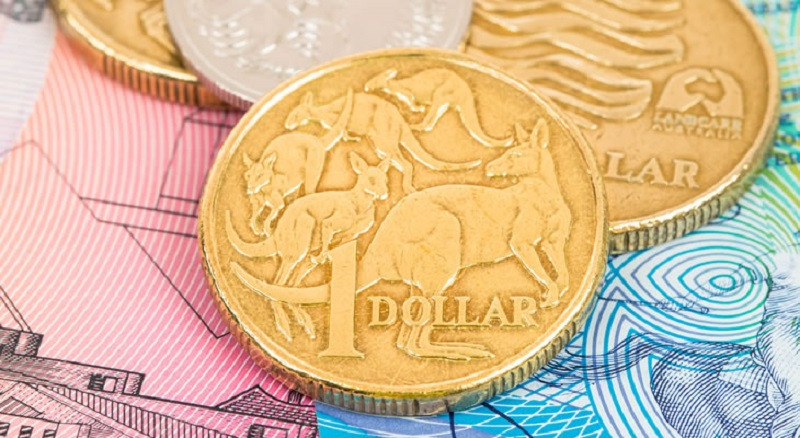
The currency of the Green Continent, being in a stressful situation due to the global spread of the coronavirus infection (COVID-19), is balancing on the edge of falling. However, the Australian currency tries to overtake the US currency from time to time, although most often unsuccessfully. Experts expect relative stabilization of AUD in the near future.
In the current financial "catch-up", the Australian dollar is trying to take advantage of the temporary weakness of the dollar, provoked by the Fed's unprecedented measures to insert large-scale liquidity into the markets. Earlier, analysts recorded a noticeable decline in the DXY dollar index in the wake of these measures. It was noted after the new $2.3 trillion stimulus program adopted by the Federal Reserve came into effect. In addition, the regulator announced the expansion of previous corporate lending programs.
Analysts say that this situation has led to some weakening of the dollar against the European and Japanese currencies. However, at the same time, the US currency strengthened against most commodity currencies, including Canadian, New Zealand and Australian dollars.
On the other hand, experts emphasize that the current instability of the black gold market weakens the Australian currency. Dependence on oil prices can do a disservice to AUD, quotes of which balance on the verge between falling and attempts to grow. On Wednesday morning, April 15, the AUD/USD pair was trading in the range of 0.6381–0.6383, trying to go beyond it. Experts do not exclude that this attempt will be successful, because on Tuesday, April 14, this currency pair updated its 5-week high, reaching 0.6432. In the future, during the trading environment, the pair managed to break through existing barriers. Now, the pair is trading near the levels of 0.6349 - 0.6351.
According to experts, further growth in quotes of commodity currencies, including the Australian dollar, is unlikely due to the renewed decline in the cost of oil and other commodities. Experts also pay attention to the dependence of the dynamics of the Aussie n fluctuations in the yuan exchange rate. It can be recalled that China is Australia's largest trade and economic partner and buyer of most of the commodities mined on the Green Continent. As the coronavirus infection in China decreases, and the number of cases decreases, economic activity in this country is expected to resume, which will strengthen both the yuan and the Australian dollar.
It was previously reported that China's exports fell by 3.5% year on year in March 2020, although the country's foreign trade surplus increased to $ 19.9 billion. Experts focus on the extremely negative impact of COVID-19 on the world's second largest economy. They also have recorded a sharp collapse in retail sales in the country by more than 20%. It can be noted that this indicator, which demonstrates the level of consumption in China, is the key.
Assessing the risks of falling for the Australian dollar and other commodity currencies in the short and medium-term, analysts agree that they will outweigh the growth attempts. The AUD dynamics vector will shift downward in the current global economic crisis and the COVID-19 pandemic. According to leading economists, the negative effects of the pandemic will cause a more sensitive effect to the world economy compared to the financial crisis of 2008-2009. Experts believe that in the event of a further collapse of the European and American stock indexes, the probability of subsidence of commodity currencies, primarily the AUD will grow at times.





















